- USD
- EUR
- GBP
- AUD
- CAD
- ZAR
The Makgadikgadi Pans formed millions of years ago when one of Africa's largest lakes dried up due to tectonic movement. It is home to many lesser desert-adapted mammals, including charming critters like meerkats and bat-eared foxes. On a safari in Botswana that visits Makgadikgadi, you can enjoy special activities like quad bike safaris and meerkat encounters.
Need Advice?Each year from November to March, the pans fill with water after the rains. Many hoofed animals move in to make the most of the new growth of grass and other vegetation.
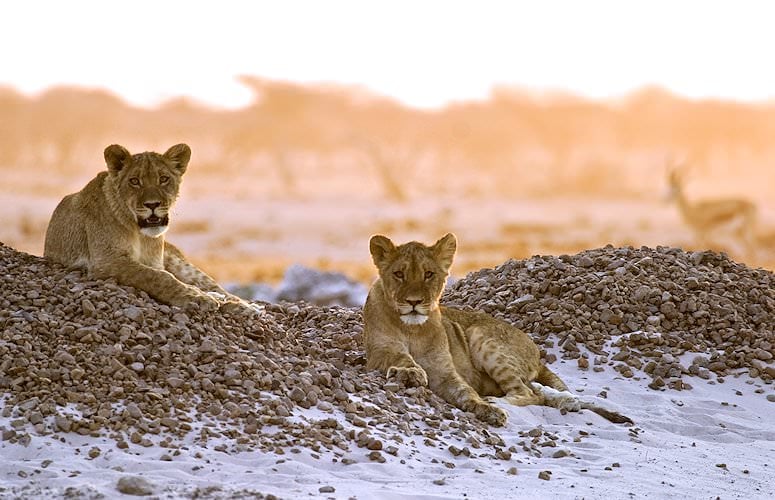
The wet season attracts flocks of waterbirds drawn to the spectacular transformation from a desert into a paradise and brings migratory birds such as ducks, geese, and great white pelicans to the area. The pan is home to one of only two breeding populations of greater flamingos in Southern Africa. During times of plenty, though, sightings of predators may surprise you. Wildlife here includes the magnificent black-maned Kalahari lion, but predators like the leopard, cheetah, and wild dog also prey on the migratory herds.
A private overland safari that travels from South Africa to the northern reaches of Botswana.
Botswana Buzz is a privately guided expedition that departs from South Africa and travels through Botswana to Vic Falls.
Several exceptional safari camps are available in and around the Makgadikgadi Pans National Park.
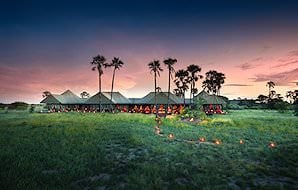
Jacks Camp offers stylish safari accommodation on the edge of one of the world's most extensive salt flats.
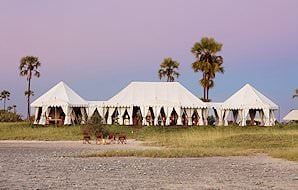
Regarded as one of the most intimate and secluded safari camps in Africa, San Camp is in a private concession bordering Makgadikgadi National Park.
Walking or driving through this expansive wilderness accompanied by an expert guide is a dreamlike experience. The pans that make up the Makgadikgadi salt flats are numerous and differ in size, some as small as a pond and others too large to see where they end. Grasslands and occasional striking islands occur on their fringes and between the pans.
The Bushman's way of life is threatened by development and relocation. Tourists have largely been a lifeline to the original peoples' lifestyle. If you are in the Makgadikgadi, tracking through the wilderness with one of the bushmen and learning how they have survived for millennia is simply priceless.
Another way visitors can become acquainted with the local people and learn more about their culture and way of life is to visit one of the local villages. It is here, at their home, where you can experience some of the most unusual activities and customs of the Bushmen.
The finest experiences to be savored highlight the unique and otherworldly nature of the pans - from swathes of pink stretching across the stark white landscape after the rains to the alien appearance of baobabs jutting out from Kubu Island.
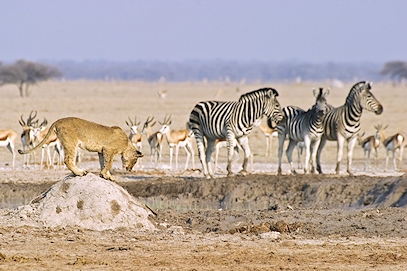
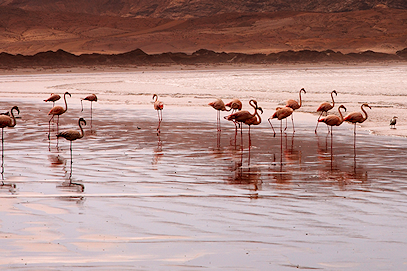
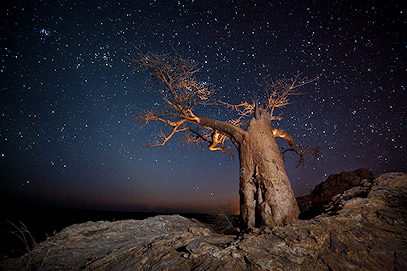
Guests visiting the Makgadikgadi will be welcomed at OR Tambo International Airport in Johannesburg and assisted in transferring to their cross-border flight to Maun in Botswana. Here you board a light aircraft flight from Maun to the Makgadikgadi region. The airstrip you will land on in the area depends on your choice of safari.
Makgadikgadi is almost the same size as Portugal; there are many ways to get there and many gates to enter potentially. The main road from Nata to Maun is the most accessible.
Visit the Makgadikgadi Pans twice in your lifetime - once to see the pans filled with water when birds flock to them in masses and once when there is no water. This dramatic transformation is truly miraculous, and the area offers different activities each season.
Some parks and reserves close due to inaccessibility during the rainy summer season from November to May, but the birding is excellent in those open. Wildlife viewing is the best in the dry winters from May to October, and many consider this the best time to visit. It ultimately depends on the experience you are seeking.
The area was declared a protected reserve in 1970 but only proclaimed a national park in 1992. Makgadikgadi, in a local language, means 'salt pan.' It is not one salt pan but a series of extensive salt pans that once formed Lake Makgadikgadi. Our prehistoric ancestors lived on the shores of this great lake that covered the entire area that now includes the national park.
A baobab tree believed to be up to 4000 years old can still be seen in the reserve. Early explorers such as Dr. David Livingstone and Courtney Selous used to leave letters here on their exploratory missions across this vast arid wilderness. Recently the area became quite well known when the infamous car show presenters of 'Top Gear' crossed the desolate pans in second-hand two-wheel drive cars that cost less than £1500. The episode aired on 4 November 2007. Jeremy Clarkson, Richard Hammond, and James May were the first to cross the pans in two-wheel drive cars.
Makgadikgadi Pans National Park has two distinct seasons. The wet season typically starts in November and ends in March. During this time, the pans fill with water that attracts many species. Enormous herds of blue wildebeest and Burchell's zebra migrate to the water-filled pans from the Okavango Delta. Other antelope include red hartebeest, kudu, bushbuck, duiker, springbok, eland and gemsbok. This massive influx of prey draws a lot of predators to the area. These include lions, cheetahs, leopards, and brown hyenas. Even the world's largest land animal, the elephant, is drawn towards this oasis in the desert.
The most spectacular visitor might be the greater flamingos that come to breed. Large numbers of ducks, geese, and great white pelicans accompany the flamingos. During the dry season from March to October, the pans dry up, and only desert species can survive here. One of the most notable species would be the ever-watchful meerkat that moves around in large groups. With enough patience and luck, there is also a chance of spotting rare desert species like the bat-eared fox and the highly elusive aardvark.
The pans do not sustain a variety of vegetation. The salty arid terrain can support only blue-green algae. And yet, the pans are one of the most critical habitats for the region's wildlife.
The pans are surrounded by grasslands, a couple of rocky outcrops, and in some areas, giant baobab trees tower over the grassy vegetation, creating stark silhouettes against the vast background.
Landscape photography and cinematography opportunities are as endless as the pans themselves. Upon taking a game drive over the seemingly desolate landscape, you will be pleasantly surprised by the region's wildlife.
Interactive walks with the Bushmen that have called this barren land home for centuries are sure to offer an excellent transfer of knowledge and should be considered a great honor. Not only will you learn about the animals and the vegetation but also about the almost-lost art of survival in one of the harshest environments imaginable. It is also imperative to visit archaeological sites and natural monuments, such as Kubu Island. For the more adventurous types, quad bike rides are available and serve as an excellent method to cover a lot of ground within the vast expanse.





This website uses cookies. To learn more about how we use cookies, please view our Privacy Policy. By clicking "I Accept" on this banner, you consent to the use of cookies unless you have disabled them.